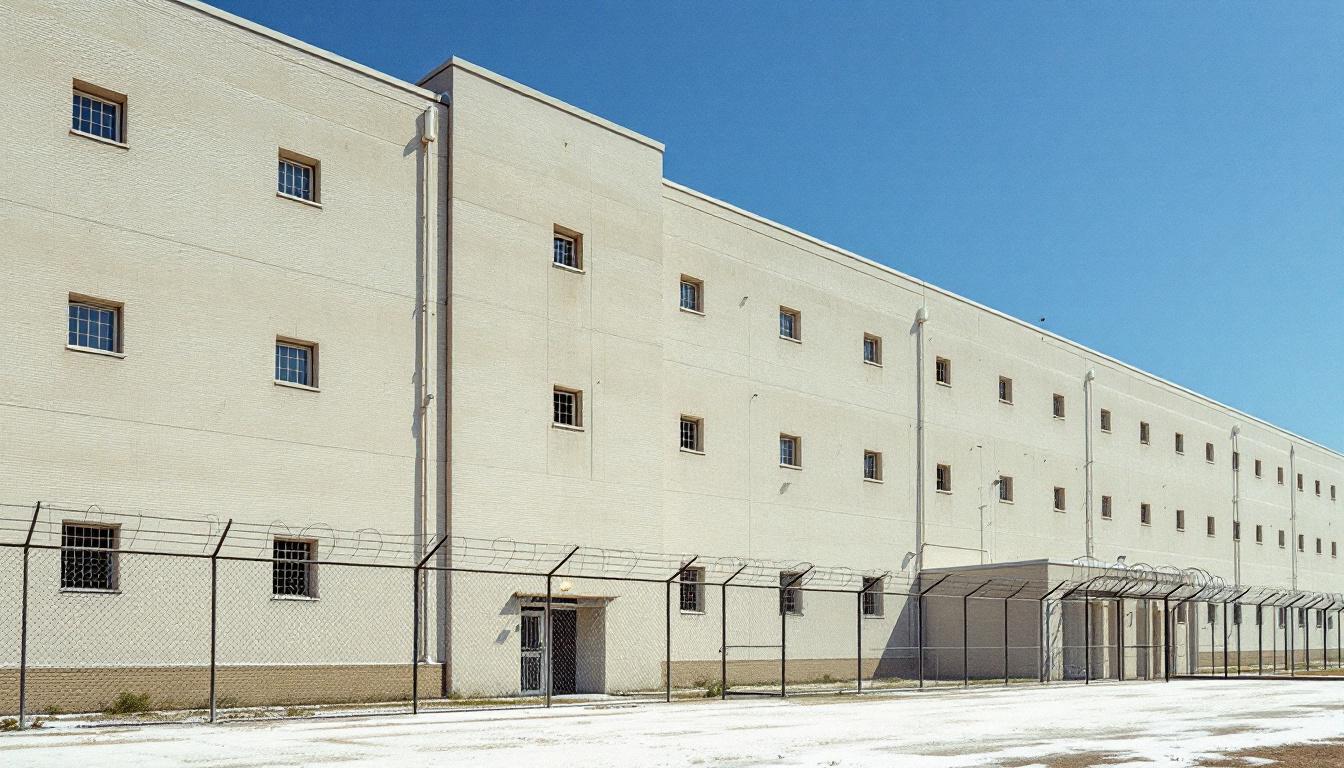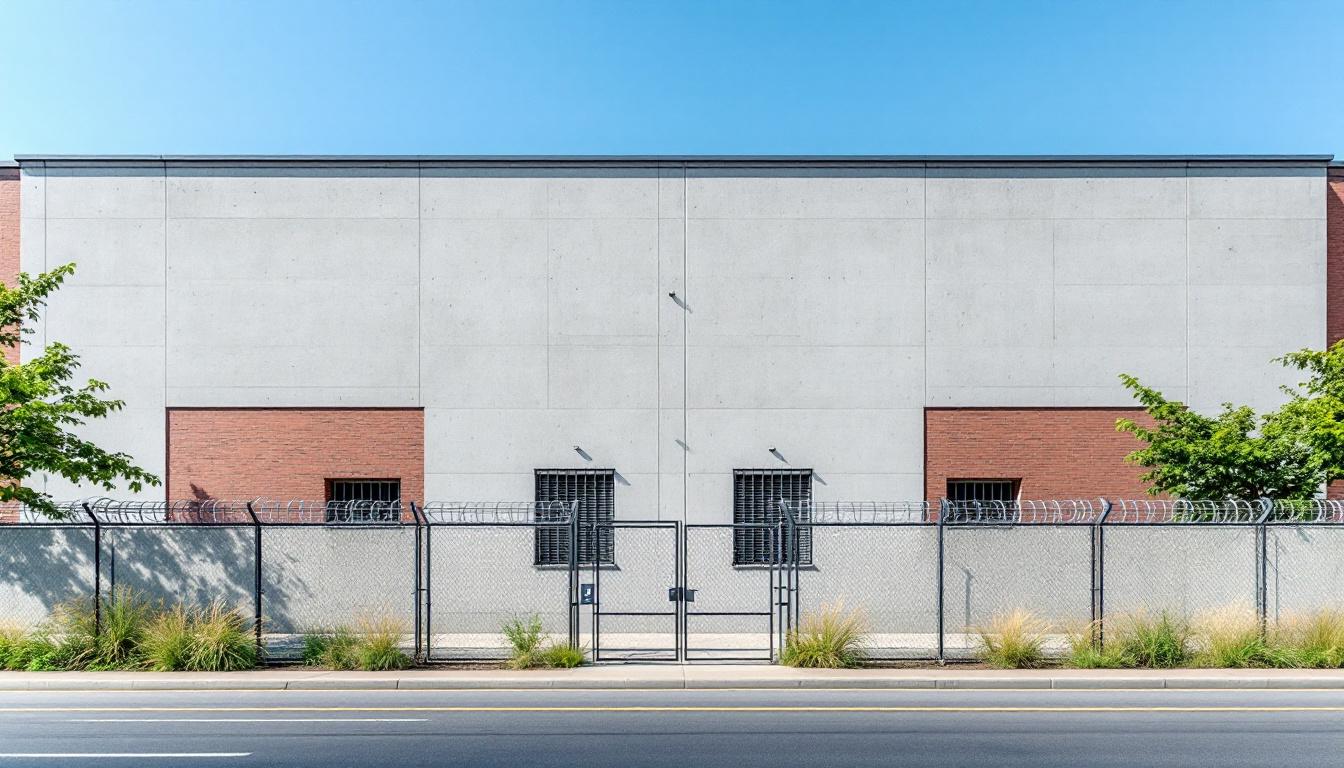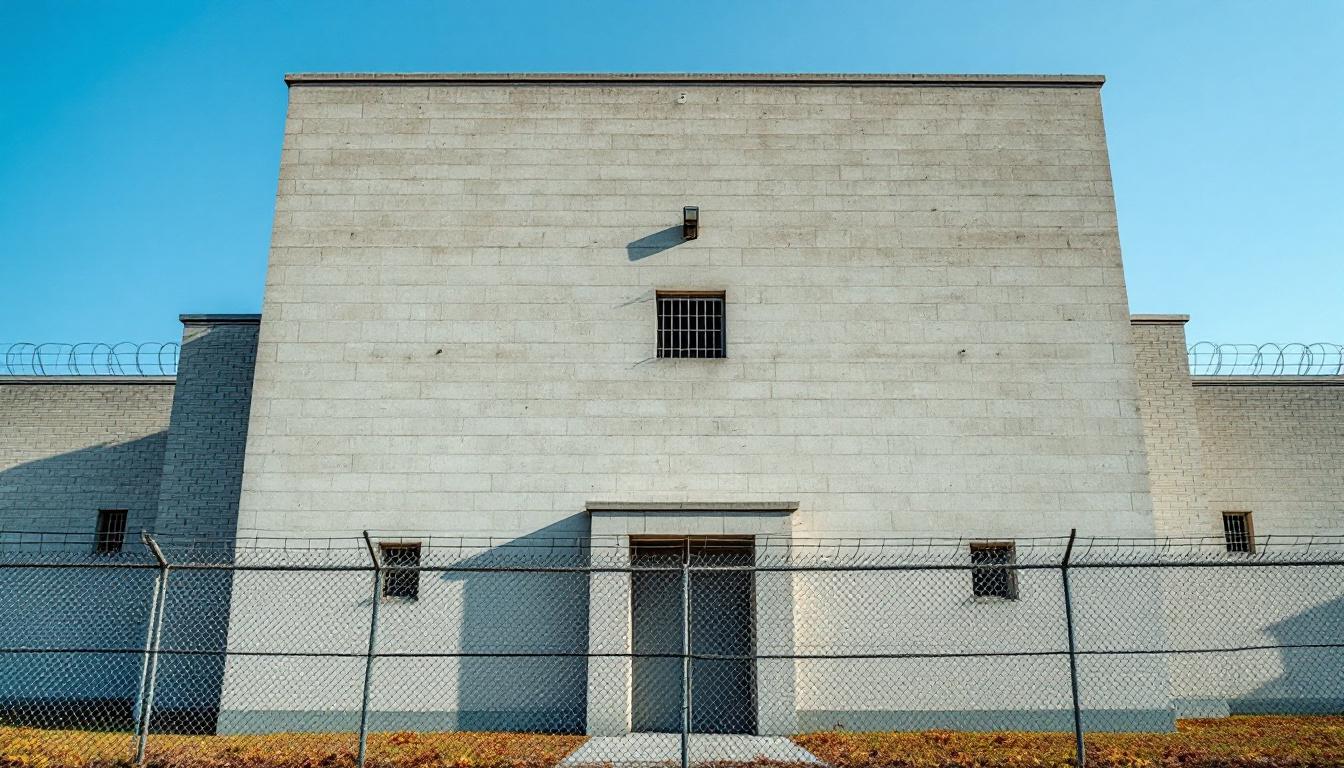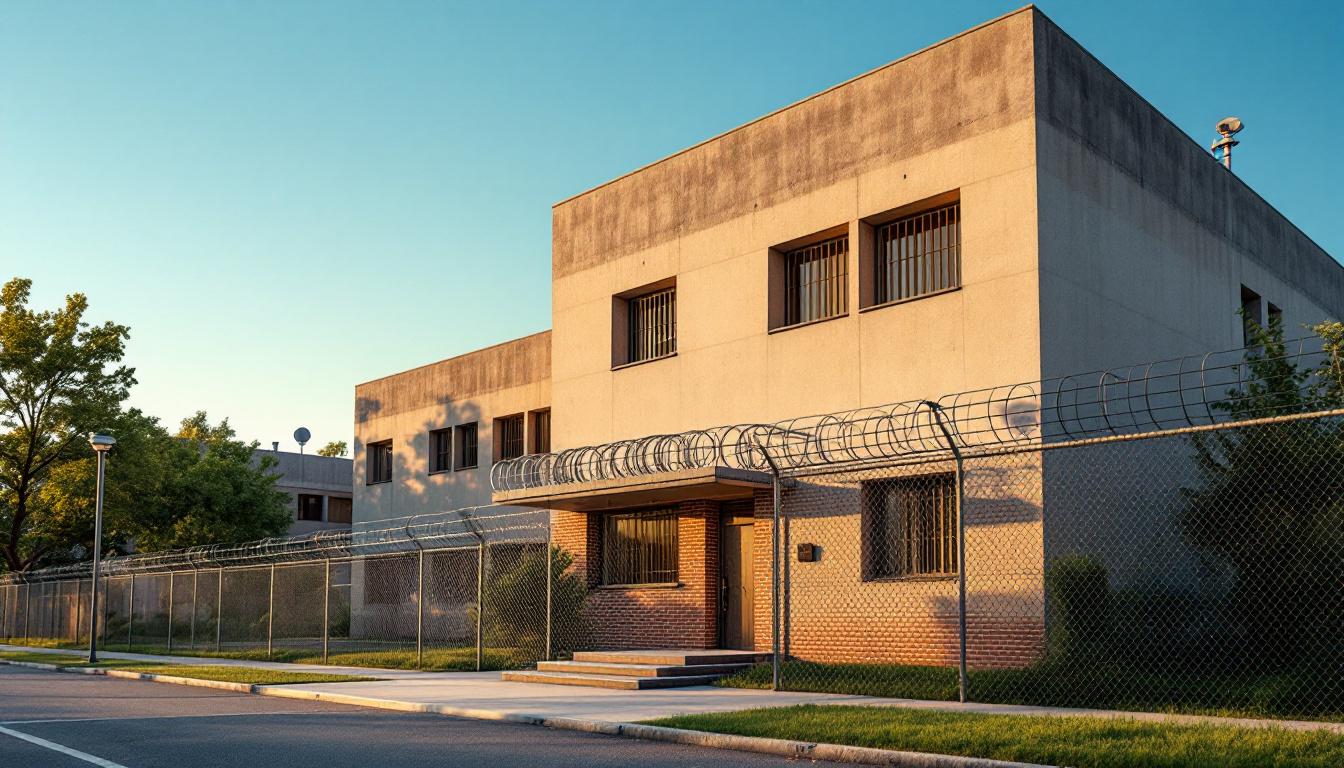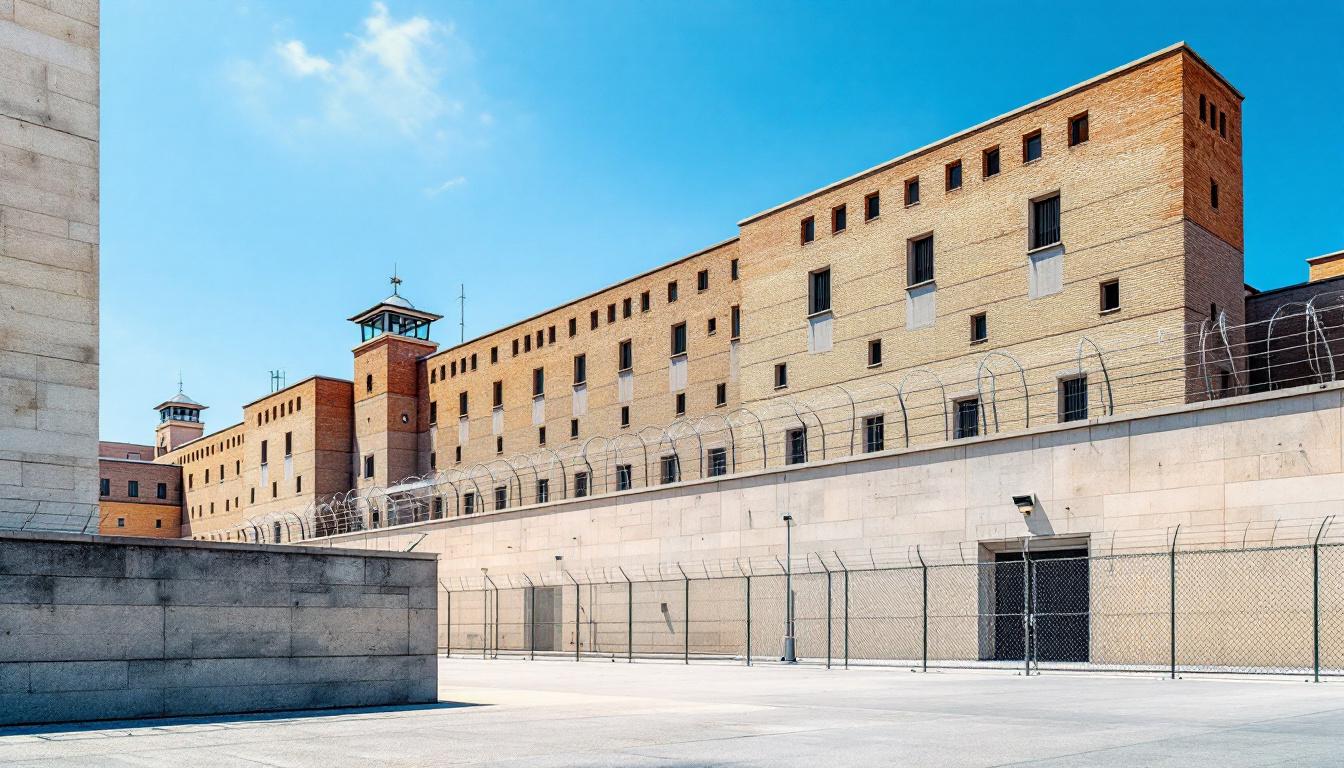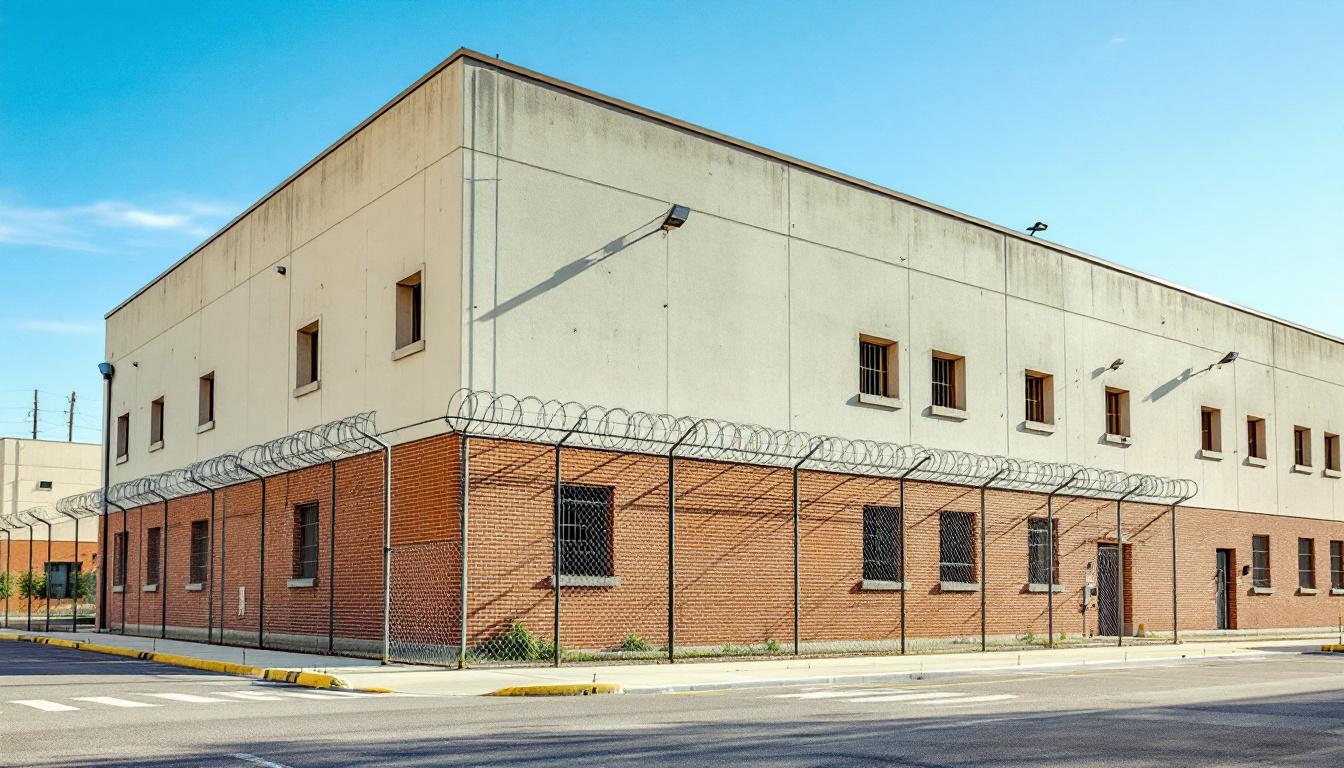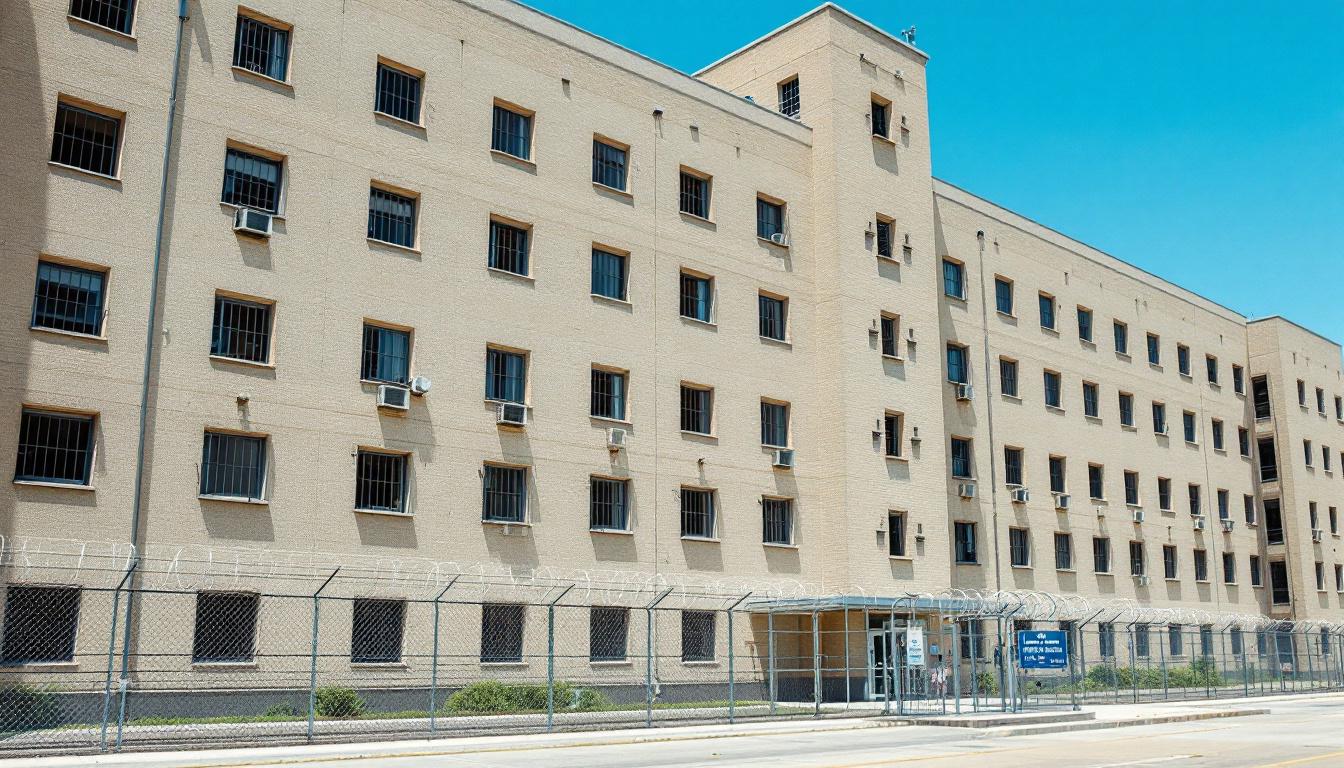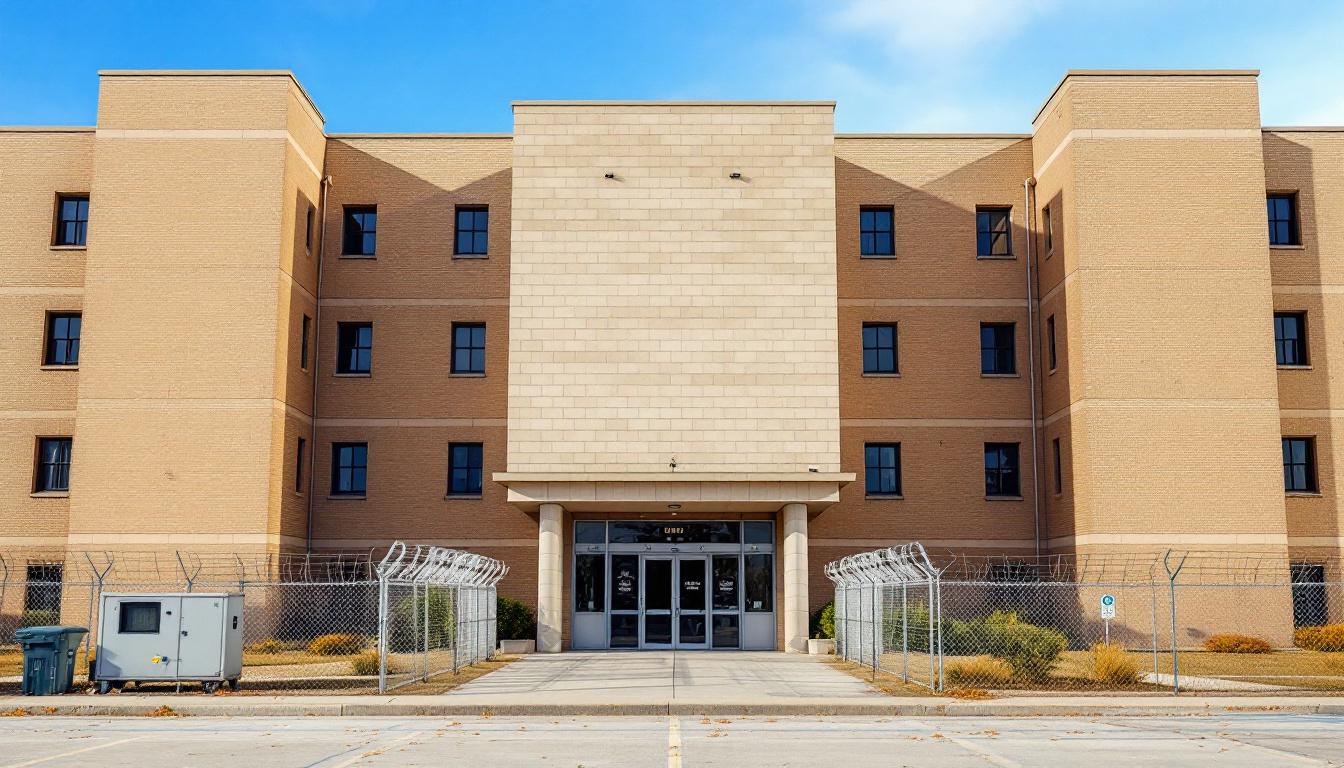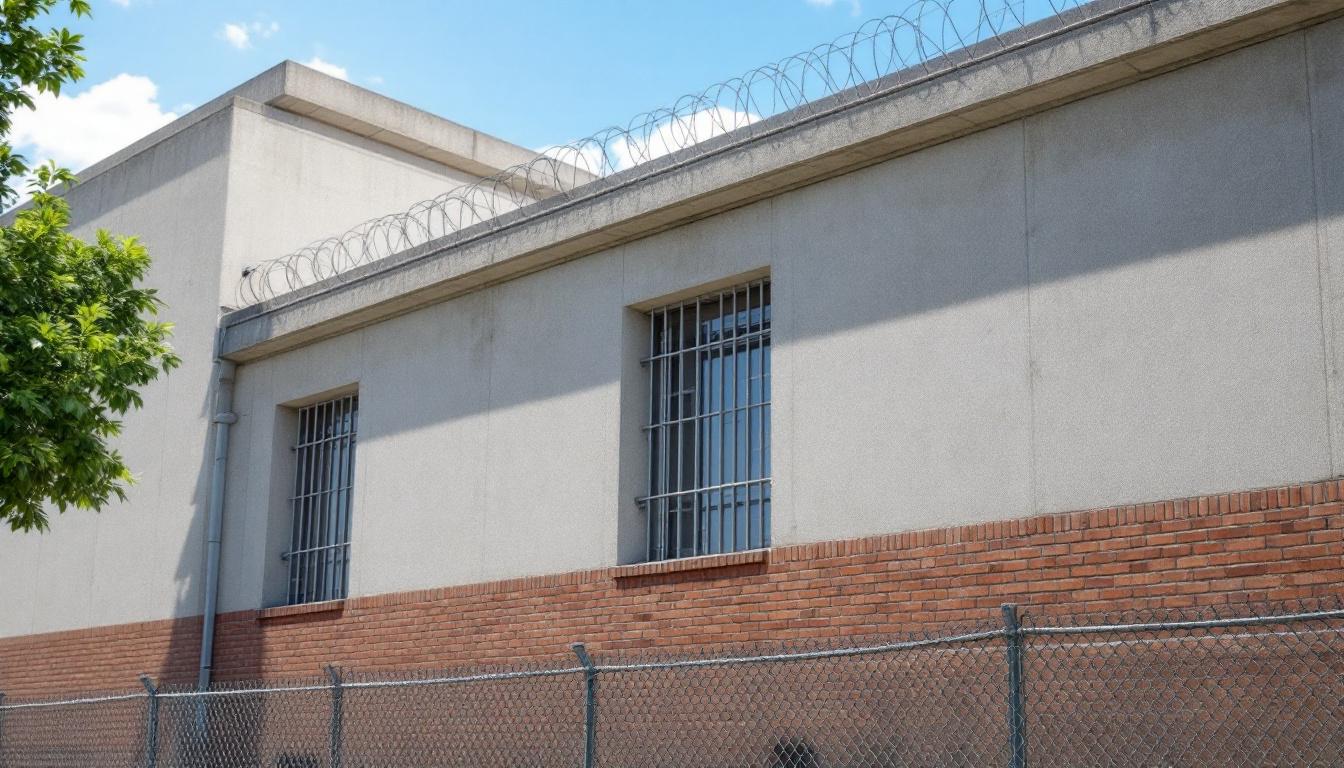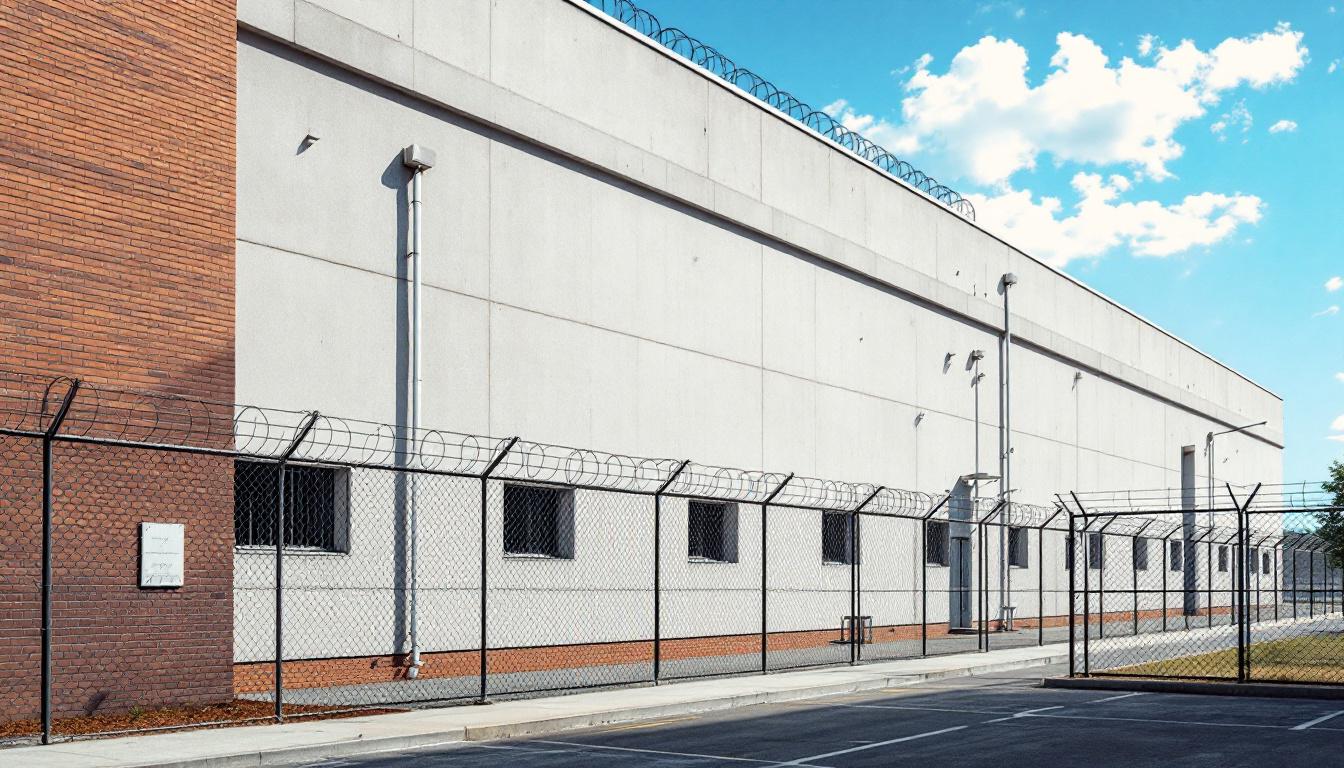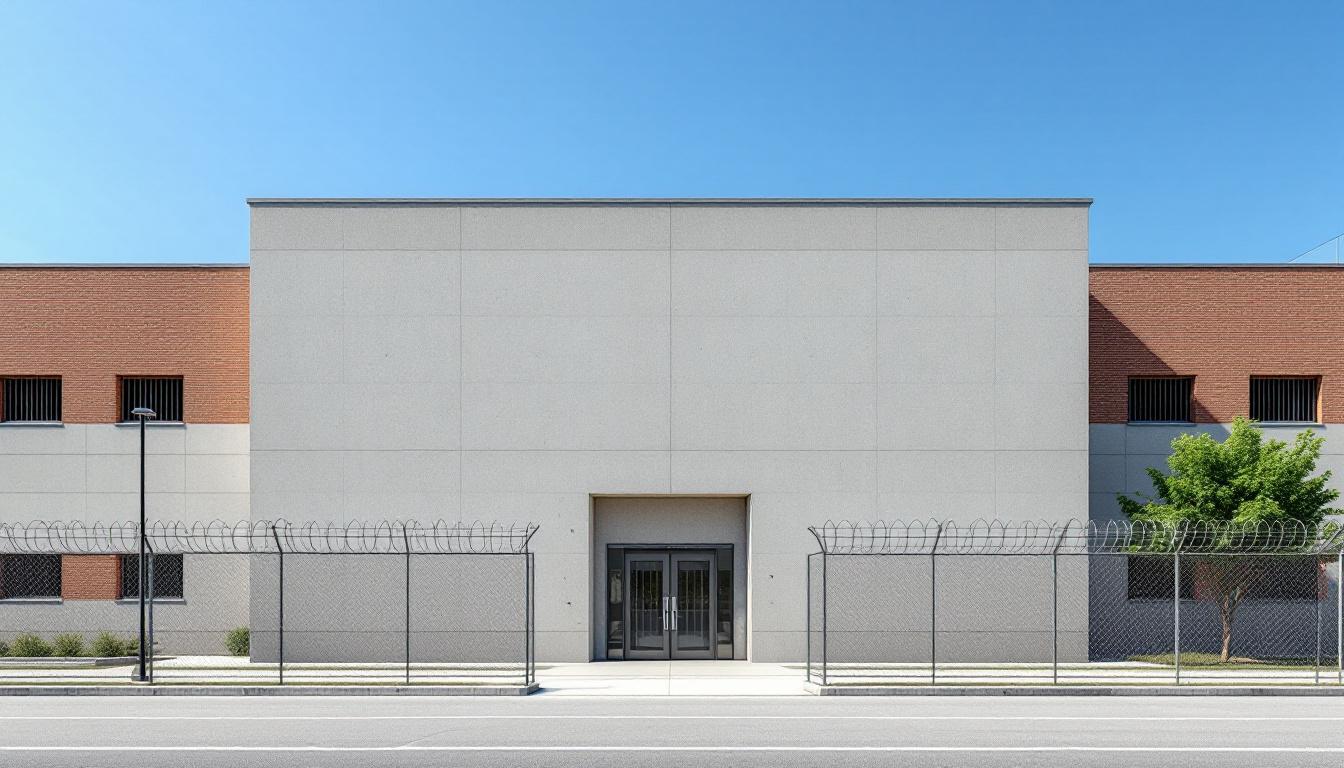
Quick Navigation
How to contact an inmate at Western Region Detention Facility
This comprehensive guide will walk you through how to connect with an inmate at Western Region Detention Facility. Follow the steps below to find an inmate and send letters and photos:
- Search for the inmate using our search tool below
- Create your account or log in to Penmate
- Write your message (up to 6,000 characters)
- Send instantly - inmates receive printed copies daily
Find an Inmate
Search for an inmate to start communicating today
Tip: You can search by first name, last name, or inmate ID number
To contact a person at Western Region Detention Facility start by searching for the person on the official facility website. Perform a search by following these steps:
- Step 1: Enter their first name and last name into the search form and click "Search"
- Step 2: Locate their inmate record
- Step 3: Write down their Inmate ID and any housing information provided
Important! Be sure to enter the person's full name. Nicknames should not be used.
How to Send Messages to Inmates

You can use your phone or computer to send emails, letters, and photos to an inmate. Messages are sent electronically to inmate tablets or kiosks at the facility. If you would like to send a message, start by searching for an inmate at Western Region Detention Facility.
Sending Photos and Postcards

A great way to send love and support to a loved one at Western Region Detention Facility is to send photos and postcards. It only takes a few minutes to send photos from your phone and it makes a huge difference. You can also mail postcards with words of support and inspiration, or design your own postcard for special moments like birthdays and holidays.
Important! Be sure not to send any explicit photos or they may not be approved by the facility. You can also use a photo printing app like Penmate to make sure your photos are printed at the correct size (4x6 or 3x5) and are mailed according to the rules and regulations of Western Region Detention Facility.
Frequently asked questions about Western Region Detention Facility
-
How long does it take to deliver a message?
If you're sending an email message your letter is usually delivered within 24-48 hours. For messages sent via mail you should expect delivery within 3-7 days. All messages will need be approved by Western Region Detention Facility.
-
How much does it cost to send a message to Western Region Detention Facility?
You can send a message free using your phone or mail a message via USPS for the price of a $0.60 stamp and envelope. You can also purchase credits or e-stamps from services starting at $1.99.
-
What services can I use to contact an inmate at Western Region Detention Facility?
Penmate
You can use Penmate to send letters and photos to an inmate from your phone. It's an easy way to stay in touch during your loved one's incarceration. Use the inmate locator to find an inmate's location and contact information, then you can send messages within a few minutes.
Securus messaging
Securus may be another option for communicating with an inmate at Western Region Detention Facility. You can create a friends and family account and purchase credits to send messages. All messages will be reviewed and must be approved by the facility.
JPay
Some county jails and state prisons may support sending messages with JPay. You must register an account with the system, find your loved one, and purchase stamps to send messages. For some locations you can also attach photos.
Smart Jail Mail
You may also check if Smart Jail Mail is available at Western Region Detention Facility. Smart Jail Mail is operated by Smart Communications and has contracted with some state and county jails. After purchasing credits, your messages and photos are sent to the facility, printed out, and then handed out to your loved one.
-
What is the mailing address of Western Region Detention Facility?
Mailing address:
Western Region Detention Facility
220 W C St
San Diego, CA 92101
Phone: (619) 232-9221Business hours:
- Monday: 7:00 AM – 10:00 PM
- Tuesday: 7:00 AM – 10:00 PM
- Wednesday: 7:00 AM – 10:00 PM
- Thursday: 7:00 AM – 10:00 PM
- Friday: 7:00 AM – 10:00 PM
- Saturday: 7:00 AM – 10:00 PM
- Sunday: 7:00 AM – 10:00 PM
-
What are the visiting hours at Western Region Detention Facility?
Visiting hours at Western Region Detention Facility vary by housing unit and security level. Generally, visits are scheduled on weekends and holidays, with some facilities offering weekday visits. Contact the facility directly at (619) 232-9221 or check their website for the current visiting schedule. Visits typically last 30-60 minutes and must be scheduled in advance.
-
What items are prohibited when sending mail to Western Region Detention Facility?
Prohibited items typically include: cash, personal checks, stamps, stickers, glitter, glue, tape, staples, paperclips, polaroid photos, musical or blank greeting cards, hardcover books, magazines with staples, and any items containing metal or electronics. Only send letters on plain white paper with blue or black ink. Photos must be printed on regular photo paper (no Polaroids). Always check with Western Region Detention Facility for their specific mail policies.
-
How do I send money to an inmate at Western Region Detention Facility?
You can send money to an inmate at Western Region Detention Facility through several methods: 1) Online using JPay, Access Corrections, or the facility's approved vendor, 2) Money orders mailed directly to the facility with the inmate's name and ID number, 3) Kiosks located in the facility lobby, or 4) Over the phone using a credit or debit card. Fees vary by method, typically ranging from $2.95 to $11.95 per transaction.
-
Can I schedule a video visit with an inmate at Western Region Detention Facility?
Many facilities now offer video visitation as an alternative to in-person visits. At Western Region Detention Facility, video visits may be available through services like Penmate, Securus Video Connect, GTL, or ICSolutions. Video visits typically cost $10-20 for 20-30 minutes and must be scheduled in advance. You'll need a computer or smartphone with a camera and reliable internet connection. Contact the facility for their specific video visitation policies and approved vendors.
-
What identification do I need to visit an inmate at Western Region Detention Facility?
All visitors must present valid government-issued photo identification such as a driver's license, state ID, passport, or military ID. Minors must be accompanied by a parent or legal guardian who can provide the minor's birth certificate. Some facilities require visitors to be on the inmate's approved visitation list, which may require a background check. Contact Western Region Detention Facility for specific ID requirements and visitor approval procedures.
-
How can I find out an inmate's release date?
To find an inmate's release date at Western Region Detention Facility, you can: 1) Use the online inmate search tool if available, 2) Call the facility's records department, 3) Contact the inmate's case manager or counselor, or 4) Have the inmate provide this information during a call or visit. For privacy reasons, some facilities only release this information to immediate family members.
Facility Overview
Contact Information
Western Region Detention Facility220 W C St
San Diego, CA 92101
Phone: (619) 232-9221
Official Website

About Western Region Detention Facility
Found in Santee, California, the Western Detention Facility operates as part of the San Diego County Sheriff’s Department’s comprehensive detention system. The facility supports community connections through structured visitation programs, with social in-person visits available five days per week from Wednesday through Sunday, operating from 7:00 am to 7:00 pm. Visitors can schedule reservations through the San Diego Sheriff’s eVisit System accessed via the Who’s in Jail website, or by calling the centralized custody information line at (619) 409-5000, which serves all Sheriff’s detention facilities as of December 2023.
The facility’s visitation policies reflect modern correctional practices, requiring 24-hour advance scheduling and check-in 30 minutes prior to scheduled visits. Up to three visitors, including children, may participate in each visit on a established-come, established-served basis. Safety protocols include restrictions for visitors on probation or parole, who must request authorization before scheduling, and enhanced screening procedures for minors who must be accompanied by qualified adults with valid identification. The facility typically maintains housing modules for various custody classifications, including specialized units for health-related concerns.
Western Detention Facility likely offers educational and rehabilitative programming common to county detention facilities, which may include basic literacy courses, vocational training opportunities, and substance abuse counseling. These programs often support inmates’ successful reintegration into the community while serving their sentences in the San Diego County system.
Programs & Services
The San Diego Sheriff’s Department operates a comprehensive visitation system that connects incarcerated individuals with their families and support networks through both in-person and online scheduling options. The Western Detention Facility participates in this county-wide approach to maintaining crucial family connections, with social visits available five days per week through the eVisit System accessible via the Who’s in Jail website. These visits operate Wednesday through Sunday from 7:00 am to 7:00 pm, with telephone reservations also available during similar hours by calling the centralized custody information line.
Beyond visitation services, Western Detention Facility may offer various rehabilitative programs typical of California correctional facilities. These often include educational opportunities such as GED preparation classes, basic literacy programs, and potentially vocational training in areas like computer skills or job readiness. The facility likely provides substance abuse counseling programs, anger management classes, and mental health services to address underlying issues that may contribute to criminal behavior. Religious services and chaplaincy programs are commonly available to support spiritual needs during incarceration.
Support services at the facility typically encompass case management assistance to help individuals prepare for reentry into the community. This may include help with obtaining identification documents, connecting with social services, and developing release plans. The facility often coordinates with community organizations to provide resources for housing assistance, employment placement, and continuing education opportunities. Medical and dental care are standard services provided, along with recreational activities and library access to support overall well-being during incarceration.
Daily Life & Visitation
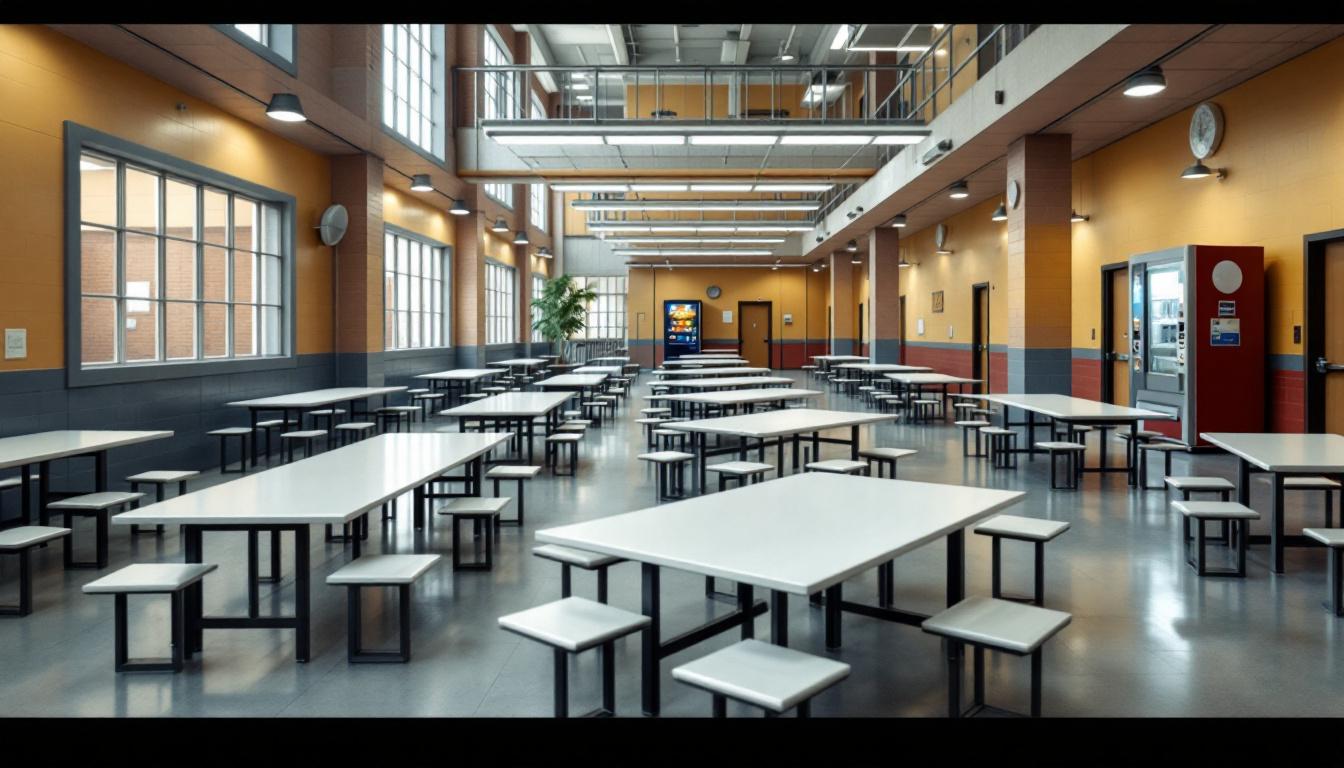
Family connections remain a cornerstone of the incarceration experience, with the San Diego Sheriff’s Department operating a comprehensive visitation system five days a week, Wednesday through Sunday from 7:00 am to 7:00 pm. The facility utilizes both online scheduling through the eVisit System and telephone reservations at (619) 409-5000, though visitors must plan ahead as same-day scheduling is not permitted and all visits require 24-hour advance booking. Up to three visitors, including children, may attend each session, with strict check-in requirements of 30 minutes prior to the scheduled time.
The structured visitation schedule reflects the broader rhythm of institutional life, where routines typically revolve around meal times, work assignments, and recreational periods. Incarcerated individuals often begin their days early with breakfast service, followed by various programming opportunities that may include educational classes, vocational training, or work assignments within the facility. Medical services, legal consultations, and counseling sessions are generally scheduled throughout the week, providing essential support services while maintaining the security protocols necessary for safe operations.
Evening hours often include additional recreational time, television viewing in common areas, and personal hygiene routines before lights-out. However, certain housing modules may have modified schedules, particularly those designated for medical isolation such as COVID-19 positive or suspected cases, where visitation and some activities may be temporarily restricted. The facility maintains these protocols to ensure the health and safety of both incarcerated individuals and their families, while working to preserve meaningful connections during a challenging time.
Ready to Connect?
Start communicating with your loved one today
Search for an Inmate
